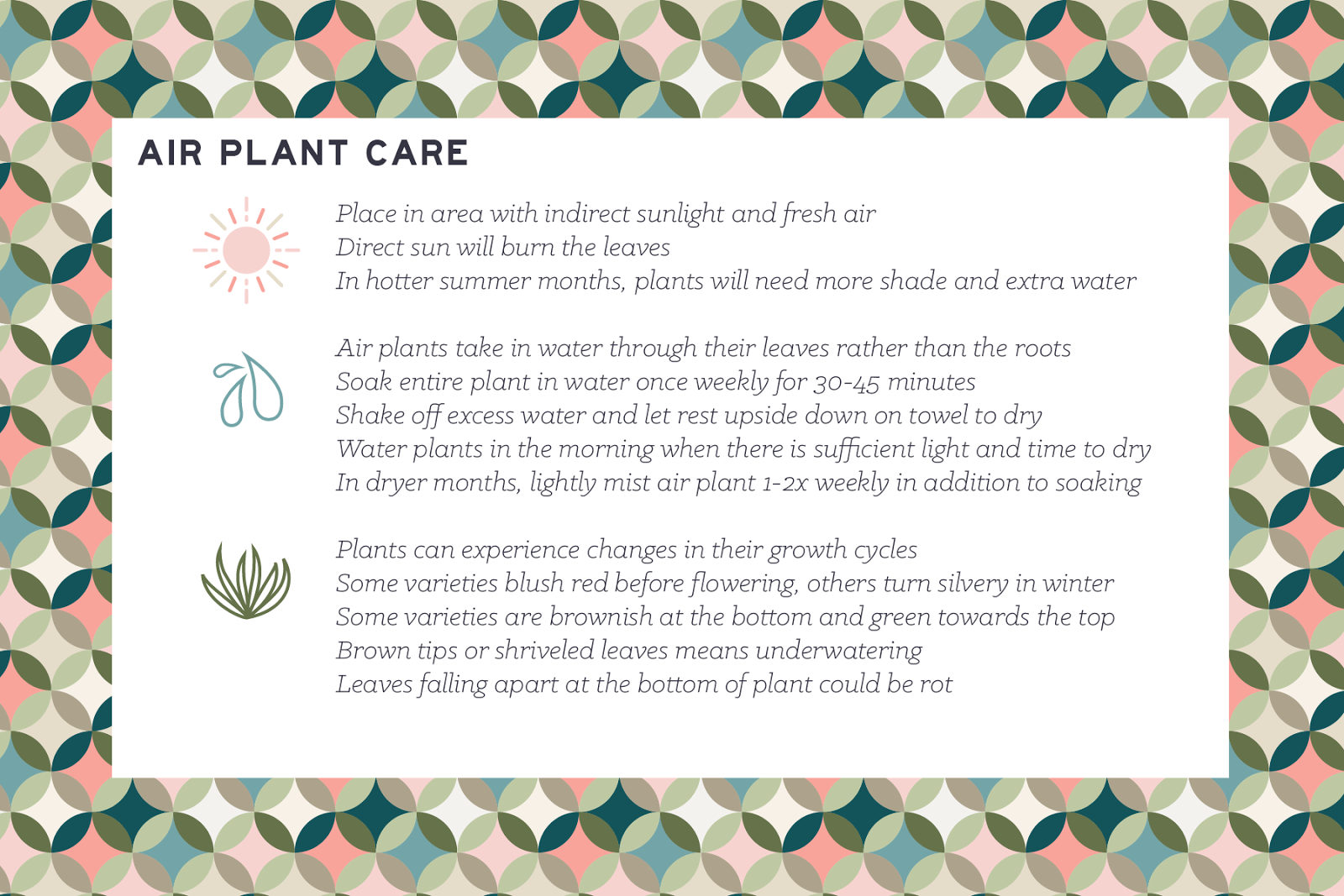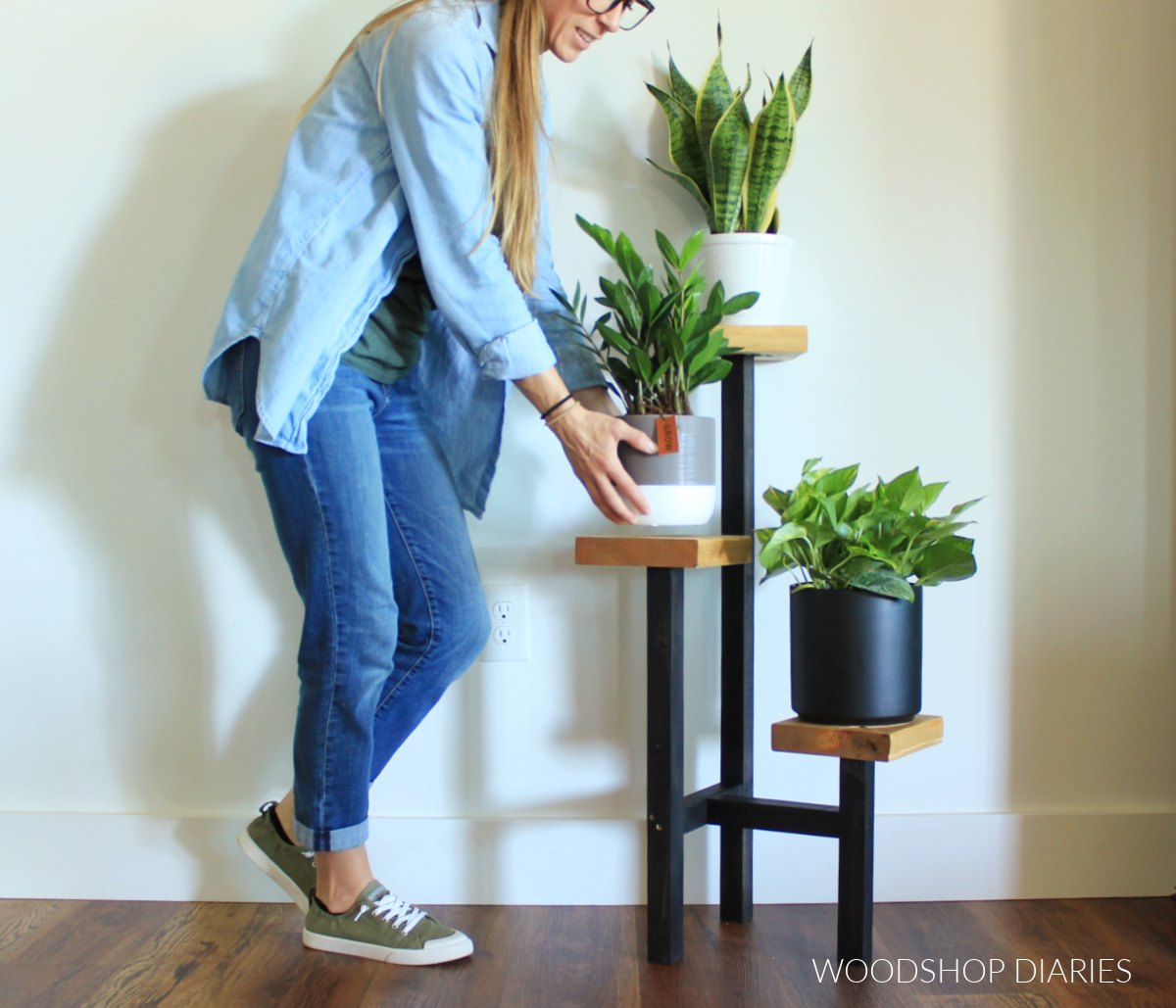Vertical Garden DIY: Forget sprawling lawns – it’s time to defy gravity and embrace the vertical! This isn’t your grandma’s gardening; we’re talking about transforming balconies into botanical paradises, patios into verdant pockets of peace, and even tiny yards into thriving jungles. Prepare to ditch the dirt-under-your-nails stereotype and discover the surprisingly simple joy of creating your own stunning, space-saving vertical garden.
Get ready to unleash your inner horticultural superhero!
We’ll explore various vertical gardening styles, from the sleek minimalism of a modern wall garden to the rustic charm of a repurposed pallet masterpiece. We’ll arm you with the knowledge to choose the perfect plants for your space and sun conditions, guide you through construction techniques using readily available materials (think recycled wonders!), and equip you with the troubleshooting skills to conquer any gardening gremlins that dare to cross your path.
So grab your trowel, your imagination, and let’s get growing!
Vertical Gardening: A Green Thumb’s Delight
Tired of sprawling lawns and limited space? Vertical gardening offers a stylish and practical solution! Imagine transforming a barren balcony into a vibrant, verdant oasis, or adding a touch of whimsical charm to your patio with a quirky recycled-material masterpiece. This guide will equip you with the know-how to create your own DIY vertical garden, from design to maintenance, making your green dreams a reality.
Introduction to Vertical Gardening
Vertical gardening, the art of growing plants upwards instead of outwards, boasts numerous benefits. It’s a space-saver par excellence, perfect for apartments, balconies, or even small yards. Beyond practicality, vertical gardens are visually stunning, adding a touch of nature’s artistry to any setting. They range from sleek, modern living walls to rustic charm of repurposed pallet gardens, offering a canvas for your personal style.
Vertical gardening techniques have evolved over centuries. Ancient civilizations utilized vertical structures for crop cultivation, while modern innovations have incorporated advanced materials and designs. From simple hanging baskets to complex hydroponic systems, the possibilities are as diverse as the plants themselves.
Various types of vertical gardens exist, each with its own unique appeal:
- Living Walls: These are essentially vertical gardens built on a frame, often covering entire walls. They can be incredibly dense and visually impressive.
- Hanging Planters: These are classic and versatile, perfect for balconies or smaller spaces. They come in various materials and designs.
- Stacked Planters: These create a tiered effect, maximizing space utilization. They are easy to build and maintain.
DIY Vertical Garden Design
Let’s dive into designing your own vertical garden! Here are three layouts tailored for different spaces:
Balcony Garden:
| Plant Type | Pot Size | Spacing | Sun Exposure |
|---|---|---|---|
| Trailing Petunias | 6 inch | 12 inches apart | Full Sun |
| Strawberries | 4 inch | 8 inches apart | Partial Shade |
| Herbs (Basil, Mint) | 8 inch | 10 inches apart | Full Sun |
Patio Garden:
| Plant Type | Pot Size | Spacing | Sun Exposure |
|---|---|---|---|
| Tomatoes | 1 gallon | 18 inches apart | Full Sun |
| Zucchini | 1 gallon | 24 inches apart | Full Sun |
| Climbing Roses | 1 gallon | 2 feet apart | Full Sun |
Small Yard Garden:
| Plant Type | Pot Size | Spacing | Sun Exposure |
|---|---|---|---|
| Vining Beans | 1 gallon | 12 inches apart | Full Sun |
| Cucumbers | 1 gallon | 18 inches apart | Full Sun |
| Sunflowers | 1 gallon | 24 inches apart | Full Sun |
Recycled Material Garden: A charming vertical garden can be constructed using repurposed pallets. Imagine a rustic pallet, cleaned and treated, with pockets created using wire mesh or fabric containers filled with soil and your chosen plants. The natural wood adds a touch of rustic elegance. The assembly involves securing the containers to the pallet using screws or wire, ensuring proper drainage.
Remember to click plant-based burger patties to understand more comprehensive aspects of the plant-based burger patties topic.
Design Styles: Vertical gardens can adopt various aesthetics. Minimalist designs prioritize clean lines and a limited color palette, while rustic styles embrace natural materials and a more organic feel. Modern designs often feature sleek, geometric structures and a sophisticated color scheme.
Material Selection and Sourcing

Choosing the right materials is crucial for a successful DIY vertical garden. Consider factors like durability, cost, and ease of assembly. Here are some readily available options:
- Wood (pallets, planks): Offers a rustic look but requires treatment for outdoor use.
- PVC pipes: Lightweight, durable, and easy to work with, perfect for various designs.
- Repurposed containers: Get creative with old buckets, cans, or even plastic bottles.
- Metal mesh: Creates a sturdy framework for living walls.
When selecting planting containers, prioritize those with adequate drainage to prevent root rot. The material should be durable enough to withstand weather conditions (if outdoors) and the weight of the soil and plants.
Plant Selection and Care
Choosing the right plants is vital. Consider their sun exposure requirements and growth habits. Here’s a sample table:
| Plant Type | Sun Exposure |
|---|---|
| Sunflowers | Full Sun |
| Petunias | Full Sun |
| Hostas | Partial Shade |
| Coleus | Partial Shade |
| Impatiens | Full Shade |
Planting involves carefully placing the plant in its container, ensuring the roots are properly spread. Transplanting is similar, but requires extra care to avoid damaging the roots. Regular watering, fertilization (using a balanced liquid fertilizer), and pest control are essential for healthy plant growth.
Construction Techniques and Steps, Vertical garden DIY

Let’s build a simple vertical garden using recycled pallets:
- Prepare the pallet: Clean and sand the pallet to remove splinters and debris. Treat the wood with a weather-resistant sealant if using it outdoors.
- Create planting pockets: Attach wire mesh or fabric containers to the pallet using screws or wire. Ensure adequate spacing between containers for plant growth.
- Fill with soil: Fill each container with a well-draining potting mix.
- Plant your seedlings: Carefully plant your chosen seedlings into the containers.
- Water thoroughly: Water the plants thoroughly after planting.
A PVC pipe vertical garden involves cutting pipes to desired lengths, connecting them using connectors, and creating a frame. The plants can be placed in hanging pots or directly into the pipes if using a hydroponic system.
Construction methods vary in cost, difficulty, and materials required. Pallet gardens are relatively inexpensive and easy, while living walls can be more complex and costly.
Troubleshooting and Maintenance
Common vertical gardening problems include insufficient drainage (leading to root rot), pest infestations, and nutrient deficiencies. Solutions involve improving drainage, implementing pest control measures (using natural methods whenever possible), and providing adequate fertilization.
Regular maintenance includes pruning, cleaning, and replacing plants as needed. A consistent watering schedule and regular inspection for pests and diseases are crucial for a thriving vertical garden.
So there you have it – your passport to a greener, more beautiful world, one vertical garden at a time! From choosing the perfect plants to constructing your very own masterpiece, we’ve covered everything you need to transform your outdoor (or indoor!) space into a thriving vertical oasis. Remember, even a small vertical garden can bring immense joy, fresh air, and maybe even a few surprisingly delicious homegrown tomatoes.
Now go forth and conquer that wall (responsibly, of course)! Happy gardening!
FAQ: Vertical Garden DIY
Can I use vertical gardening indoors?
Absolutely! Many plants thrive indoors, and vertical gardening is a fantastic space-saving solution for apartments and homes. Just ensure you select plants suitable for indoor conditions and provide adequate lighting.
How often should I water my vertical garden?
Watering frequency depends on the plants, climate, and container type. Check the soil moisture regularly – it should be moist but not waterlogged. Overwatering is a common problem, so err on the side of caution.
What if my plants start to wilt?
Wilting can indicate underwatering, overwatering, or pest infestation. Check the soil moisture, inspect for pests, and adjust your watering schedule accordingly. If the problem persists, consider repotting or seeking advice from a gardening expert.
What kind of soil is best for a vertical garden?
Well-draining potting mix is crucial to prevent root rot. Avoid using heavy clay soils. Consider adding perlite or vermiculite to improve drainage and aeration.




